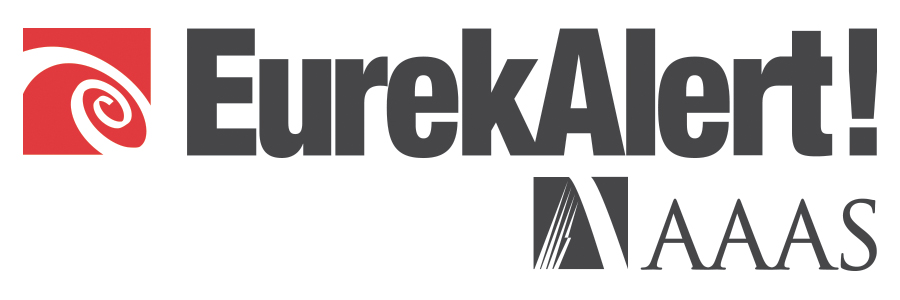
The rate of human papillomavirus (HPV) infection is high among young minority gay, bisexual, and other men who have sex with men despite the availability of a vaccine that can prevent the infection, a Rutgers School of Public Health study found.
The study appears in AIDS Patient Care and STDS.
“The lack of HPV vaccination in sexual minority men is a missed prevention opportunity,” said lead author Perry Halkitis, dean of Rutgers School of Public Health. “We are already witnessing higher rates of HPV-related cancers in older gay and sexual minority men, which is completely avoidable and preventable in more recent generations. Additionally, we know that those living with HIV are much more likely to be impacted by HPV infection and HPV-related cancers. Given that sexual minority men are also at highest risk for testing positive for HIV, there is an urgency in ensuring HPV vaccination before these young men engage in sexual behavior.”
The study, conducted at Rutgers Center for Health, Identity, Behavior and Prevention Studies, examined the prevalence of HPV exposure, HIV infection and HPV vaccination in this population whose average age was 23 and predominantly members of ethnic or racial minority groups. The researchers found that over 58 percent of the participants were infected with the virus but only 18 percent had received the full dose of the HPV vaccine.
The team also found that HIV was associated with HPV oral infection and vaccine-preventable HPV, whereas both neighborhood poverty and HIV infection were associated with anal HPV.
“The HPV vaccination was recently expanded to include men and women between ages 27 and 45; previously, it was only approved for men and women ages 9 to 26,” said Halkitis. “With the uptake of the HPV vaccine incredibly low in the United States, there is an urgent need for outreach to at-risk and underserved populations.”
###
Disclaimer: AAAS and EurekAlert! are not responsible for the accuracy of news releases posted to EurekAlert! by contributing institutions or for the use of any information through the EurekAlert system.

